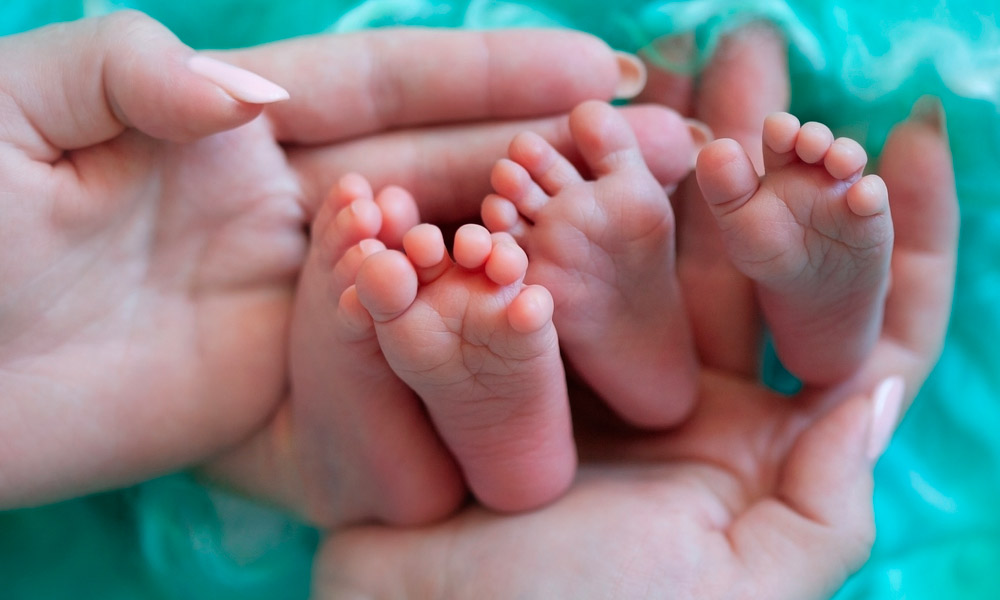
A retrospective study, led by the gynaecologist Pilar Prats, analysed the correlation between the type of conception (spontaneous or with the help of assisted reproductive technology) and obstetric and perinatal outcomes in twin pregnancies, adjusting for parity, age and chorionicity. The study analysed a cohort of 1135 twin pregnancies between May 2006 and April 2021. In all of them, prenatal and childbirth care were performed at the Hospital Universitari Dexeus in Barcelona.
The mean maternal age was higher among ART-conceived twin pregnancies, and there were also fewer women with previous births in this group. Overall survival rates in both groups were virtually identical. The following variables were analysed: gestational age at delivery, onset of labour, type of delivery, preterm birth rate, weight discordance, small for gestational age and intrauterine growth restriction rate, and need for neonatal intensive care.
According to the authors, pregnancy outcomes are comparable between twins conceived by ART and those conceived spontaneously. When adjusted for confounding factors, only the risk of gestational hypertension and pre-eclampsia remained increased in the assisted reproductive technology group.
Reference study:
Outcome in a series of 1135 twin pregnancies: does the type of conception play a role?
P. Prats, J. Zarragoitia, M.A. Rodríguez, I. Rodriguez, F. Martinez, A. Rodríguez-Melcon, B. Serra
AJOG Glob Rep. 2022 Nov 6;2(4):100129. doi: 10.1016/j.xagr.2022.100129.